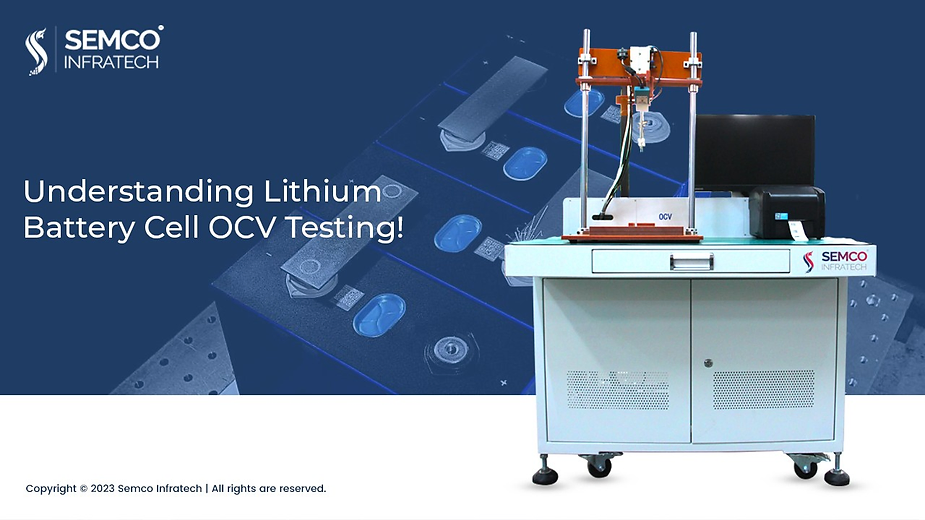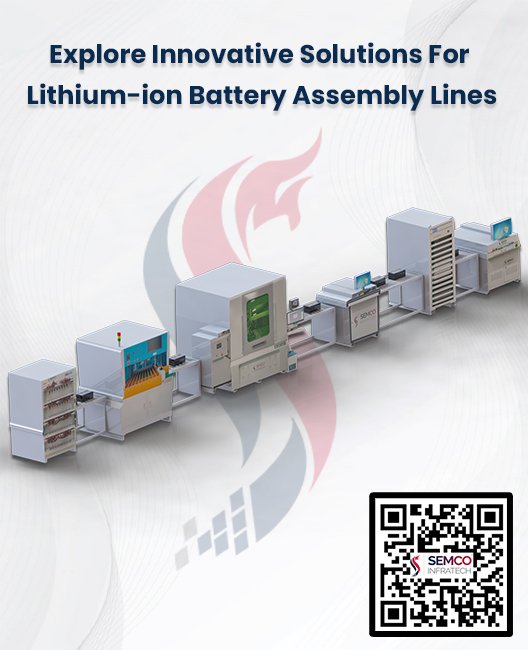The process of assembling lithium battery packs, including lithium battery cells, protective circuit boards (PCM), connectors, shells, etc., to create a full battery pack is known as the Lithium Battery PACK (Power Assembled Cell Kit) process.
The term “PACK process” describes a set of procedures used in producing lithium battery packs, ranging from preparing raw materials to final assembly.
1. Preparation of Raw Materials
- Lithium Battery Monomer: Choose the right lithium battery monomer, considering the cathode, anode, and electrolyte materials, according to the product design specifications.
- Protection Circuit Board (PCM): Create and produce a protection circuit board (PCM) by product specifications. This device monitors the battery’s voltage, current, and temperature parameters and offers short-circuit overcharge and over-discharge protection features.
- Connectors: Select the appropriate connector to join the battery cell with other parts, like the lithium battery pack and the electronic gadget.
- Shell: Choose the right material and shape for the shell to protect the lithium battery pack based on the specifications of the product design.
2. Preparation of Battery Monomers
- Cathode and Anode Material Preparation: As required by the product design specifications, prepare cathode and anode materials, including coating cathode and anode materials.
- Battery Cell Assembly: The battery cell is made up of the separator layer layered over the positive and negative electrode materials. To guarantee that the cathode and anode materials and the separator are in close contact, the battery cells are compressed using rolling or pressure equipment.
3. Preparation of Protective Circuit Boards
- Design of the Protective Circuit Board: Create the circuit structure and layout of the protective circuit board according to the product specifications.
- Circuit Board Manufacturing: The circuit pattern that safeguards the circuit board is transferred to the circuit board via the printed circuit board (PCB) process, including steps such as lithography, etching, gold plating, and cleaning.
- Installing the Components: Solder the fuses, resistors, capacitors, and other parts of the circuit board to the board.
- Circuit Board Testing: To ensure the protective circuit board is manufactured correctly, test its functionality.
4. Assembly
- Battery Cell Assembly: Typically, voltage connection or electric welding is used to join the battery cell to the protective circuit board.
- Housing Assembly: To guarantee the lithium battery pack’s safety and waterproofness, place it inside the shell, fasten it, and seal it.
- Installation of the Connector: To connect the lithium battery pack to other devices, the connector is soldered to the battery pack.
5. Testing
- Battery Pack Test: Evaluate the assembled lithium battery packs’ performance in terms of voltage, current, capacity, cycle life, and other factors.
- Safety Test: Run safety tests on the lithium battery pack, such as short circuit, overcharge, and over-discharge safety performance tests.
- Temperature Test: To evaluate the lithium battery pack’s performance at various temperatures, conduct a temperature test on it.
6. Packing and Delivery
- Packaging: Use foam boxes, anti-static bags, and other packaging materials to package the lithium battery pack that passes the test.
- Factory Inspection: Examine the packaged lithium battery pack in the factory to ensure the product quality satisfies customer requirements and standards.
- Shipment: Deliver the customer’s lithium battery pack in its packaging.
7. Precautions
There are several safety measures to be aware of when using the Lithium Battery PACK process:
- Raw Material Selection: Make sure the cathode and anode materials, electrolytes, and protective circuit boards you use are suitable for the product and that their quality and performance standards are met.
- Process Parameter Control: To guarantee the consistency and stability of the final product, rigorous control over process parameters like coating speed, compaction pressure, temperature, and so forth is required during the preparation of protective circuit boards and battery cells.
- Safety Design: When designing and assembling circuit boards, the safety of the battery must be taken into account. This includes designing and implementing features like overcharge, over-discharge, and short-circuit protection.
- Quality Control: To ensure that the products’ quality satisfies standards and client requirements, strict quality control is necessary at every stage of the process, including raw material inspection, process monitoring, product testing, and so on.
- Environmental Protection: To lessen the process’s negative effects on the environment, consideration must be given to environmental protection measures including the prudent use of chemicals, control over wastewater and exhaust gas emissions, etc.
- Safe Operation: To protect worker safety, it is imperative to strictly adhere to safety operation protocols during process operation. Examples of these protocols include donning personal protective equipment and being mindful of the safe handling and storage of chemicals.
Unlocking Lithium Battery Potential
Understanding the lithium battery packs and their assembly process is crucial for unlocking lithium battery potential. Advancements in lithium battery pack technology have led to significant benefits for lithium battery packs, including higher energy density, longer lifespan, and improved safety features.
Lithium-Ion Battery Pack Innovations
Recent lithium-ion battery pack innovations have focused on enhancing lithium battery energy storage and lithium battery pack efficiency. These innovations contribute to broader lithium battery pack applications, ranging from electric vehicles to renewable energy systems.
Advanced Lithium Battery Packs
The development of advanced lithium battery packs involves lithium battery pack optimization to achieve superior performance and reliability. Lithium-ion power solutions are at the forefront of this optimization, providing robust and scalable energy storage options.
Maximizing Lithium Battery Pack Performance
Maximizing lithium battery pack performance requires a comprehensive approach that includes meticulous assembly processes, quality control, and the integration of cutting-edge technologies. By understanding lithium battery packs, manufacturers can enhance the lithium-ion battery pack potential, ensuring efficient and sustainable energy solutions.
Conclusion
In summary, the PACK process for lithium battery packs involves the preparation of raw materials, battery cells, protective circuit boards, assembly, and testing. Strict process flow can guarantee lithium battery pack performance and quality while enhancing its safety and dependability. Embracing lithium battery pack technology and ongoing lithium-ion battery pack innovations will continue to drive the evolution of advanced lithium battery packs, unlocking their full potential in various applications.






